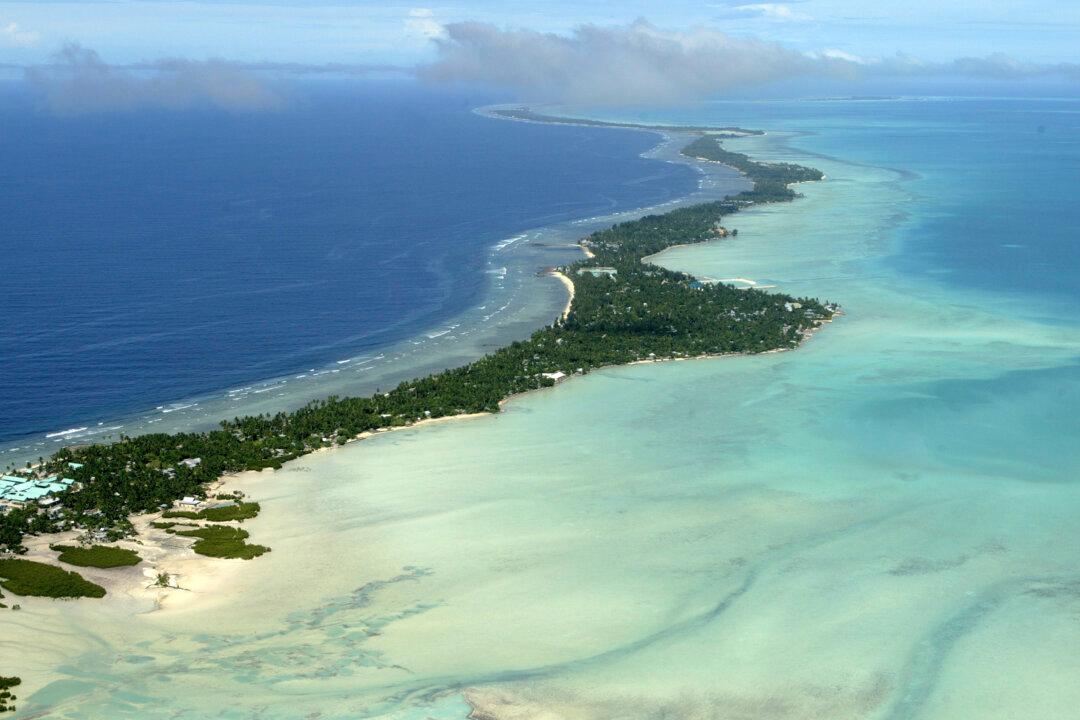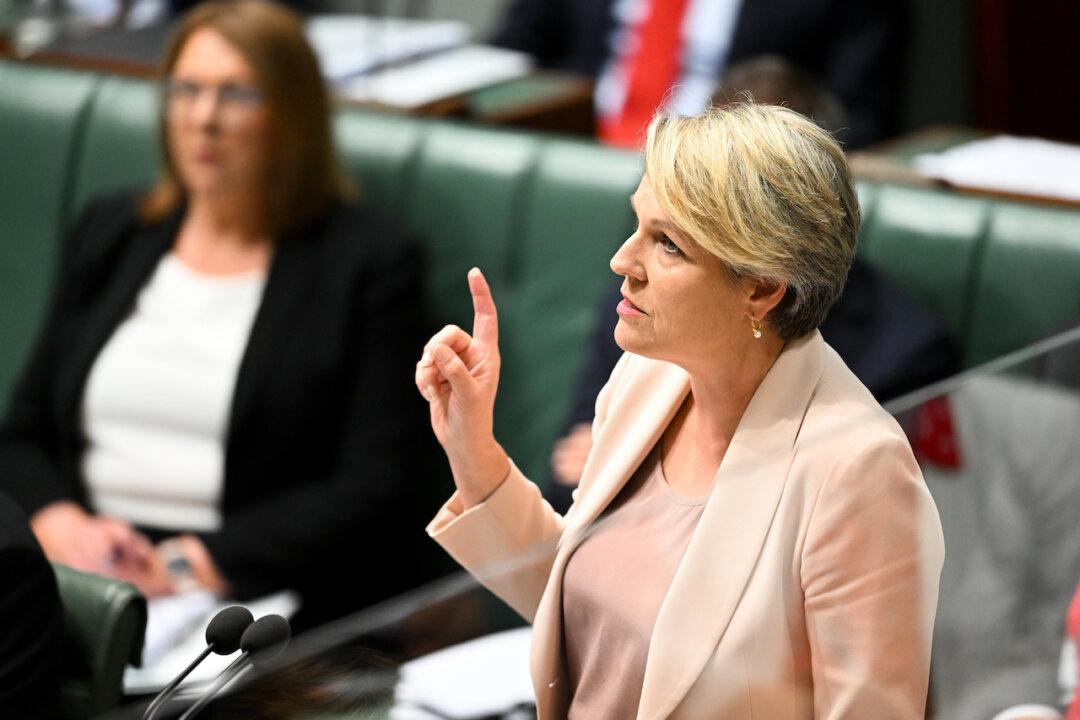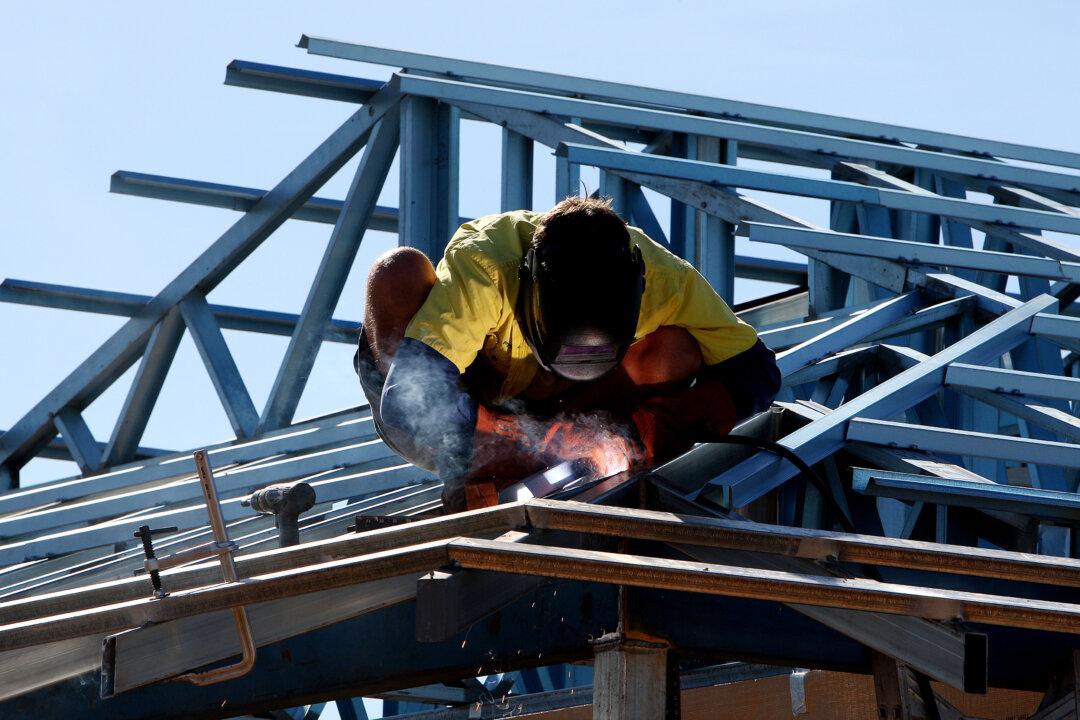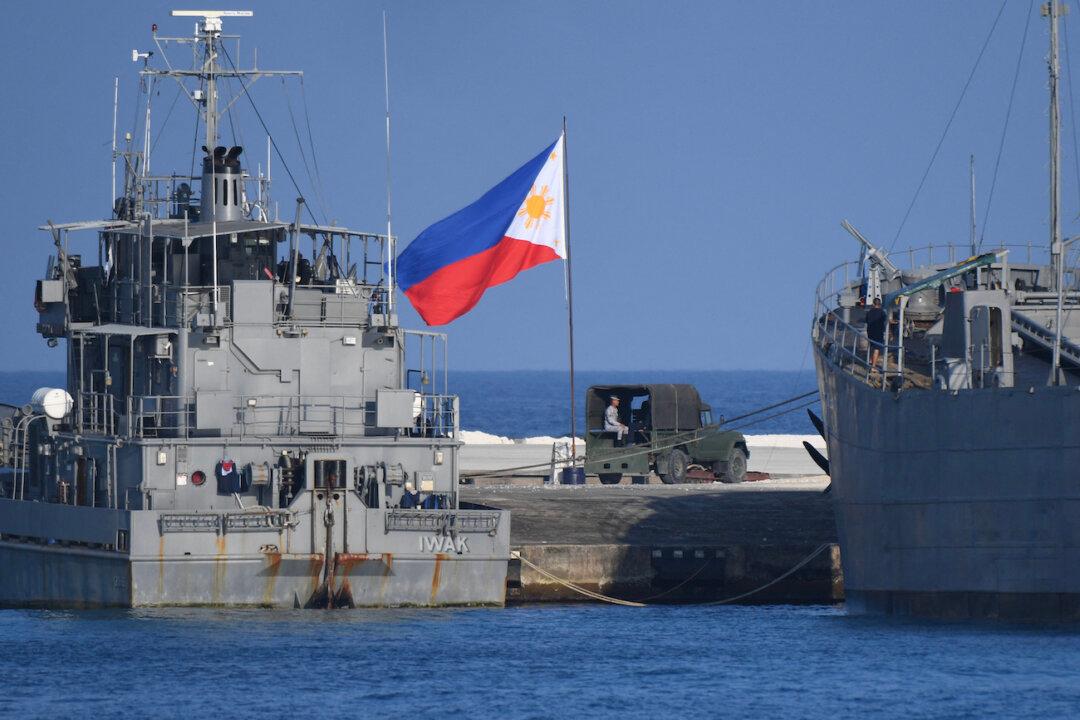The United Nations Children Fund (UNICEF) is warning that children in Kiribati are at risk of bacterial contamination as drought in the Pacific nation worsens.
Rice Chudeau, head of UNICEF Kiribati, told Radio New Zealand (RNZ) that current rainfall levels were at historic lows.




